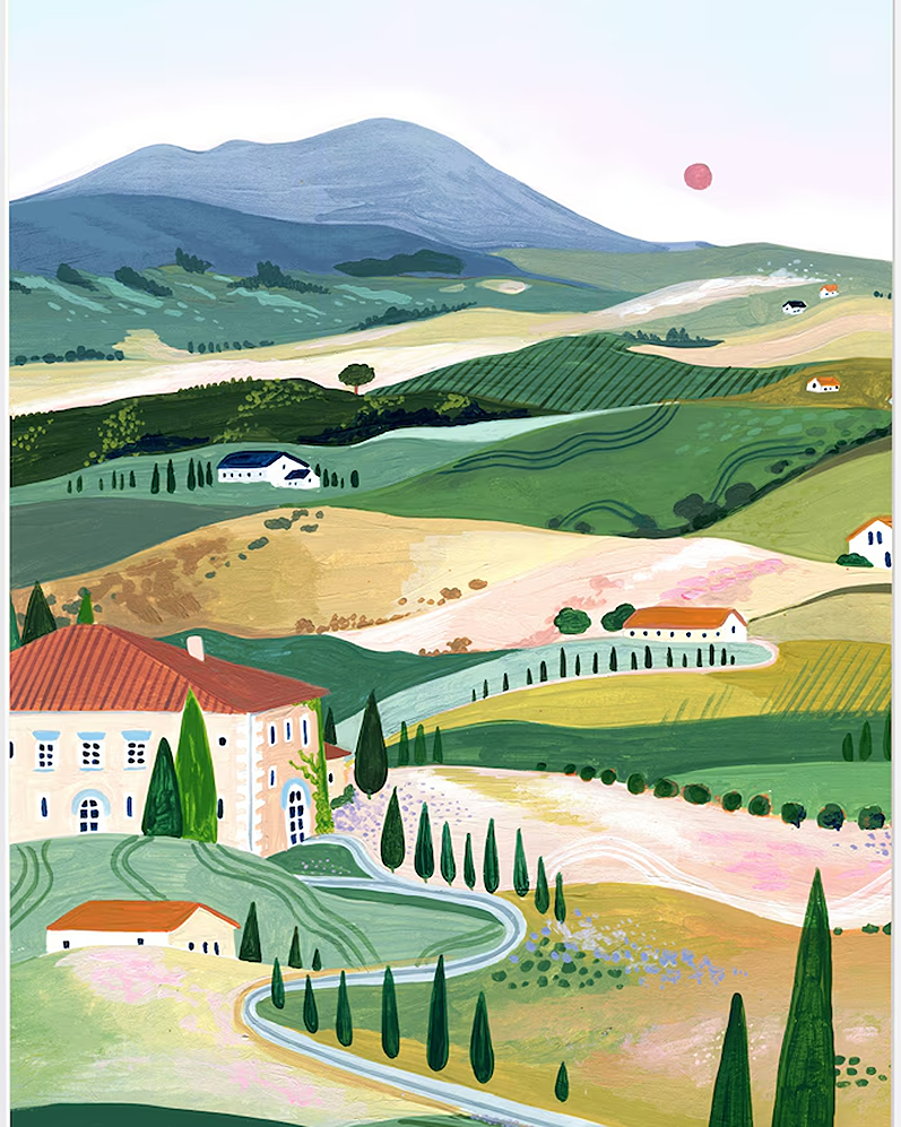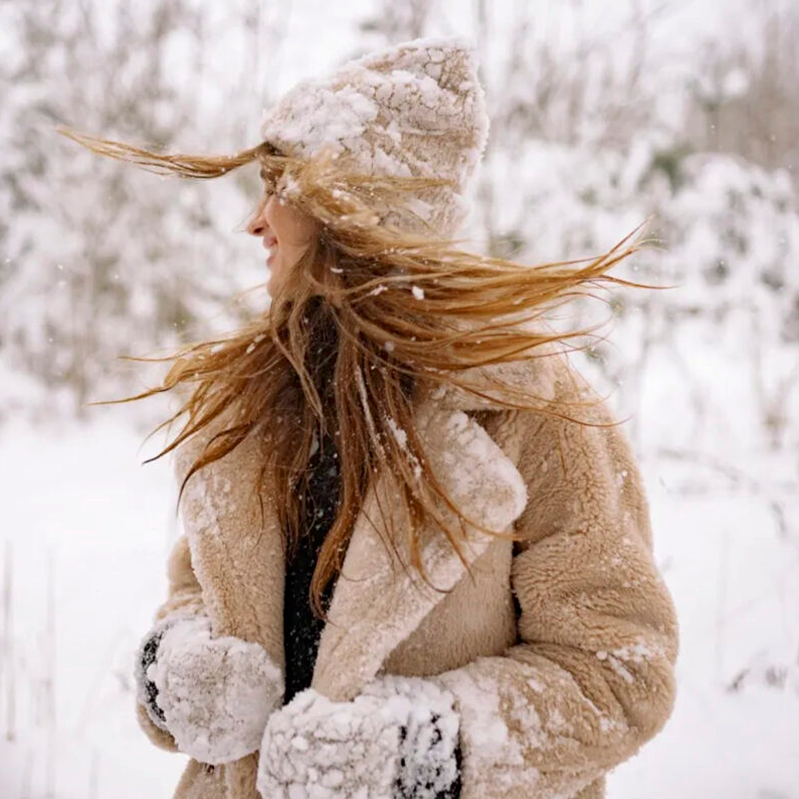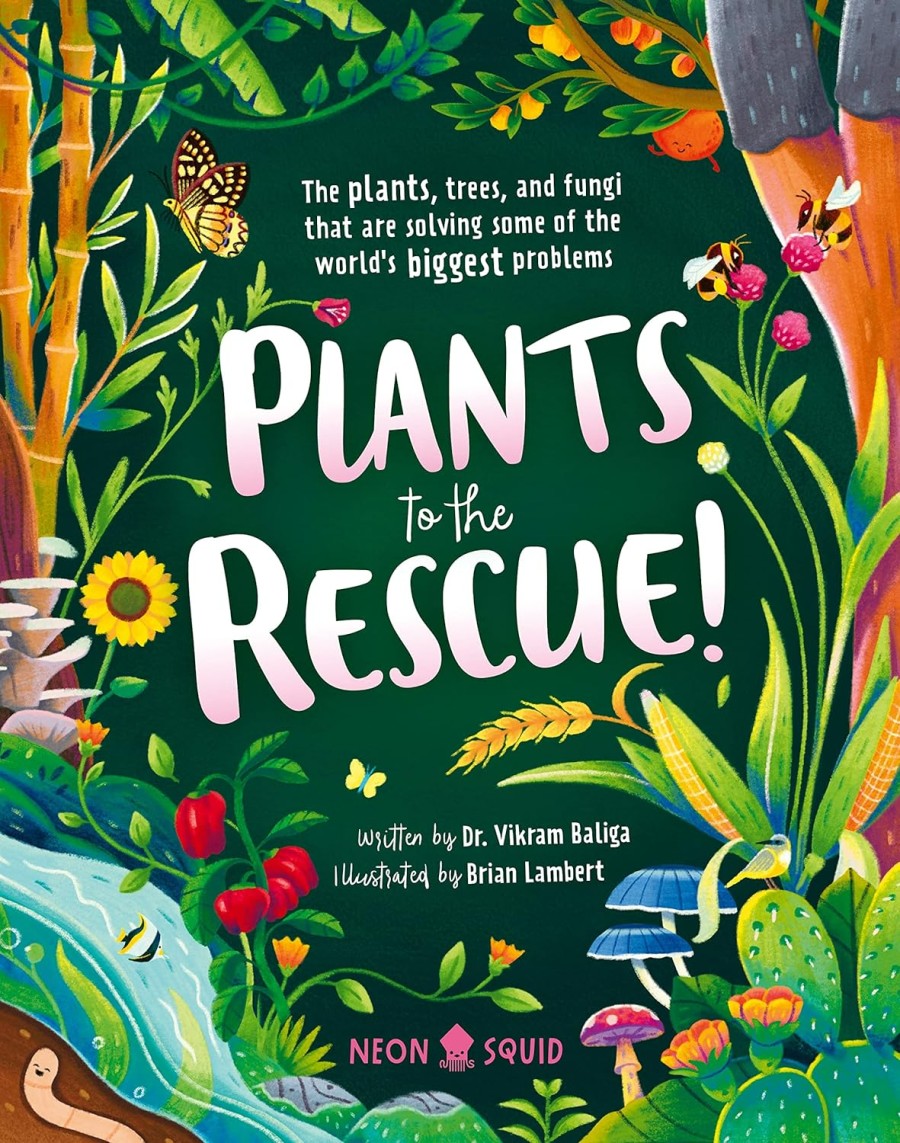Garden Water Safety For Wildlife, Pets & Children
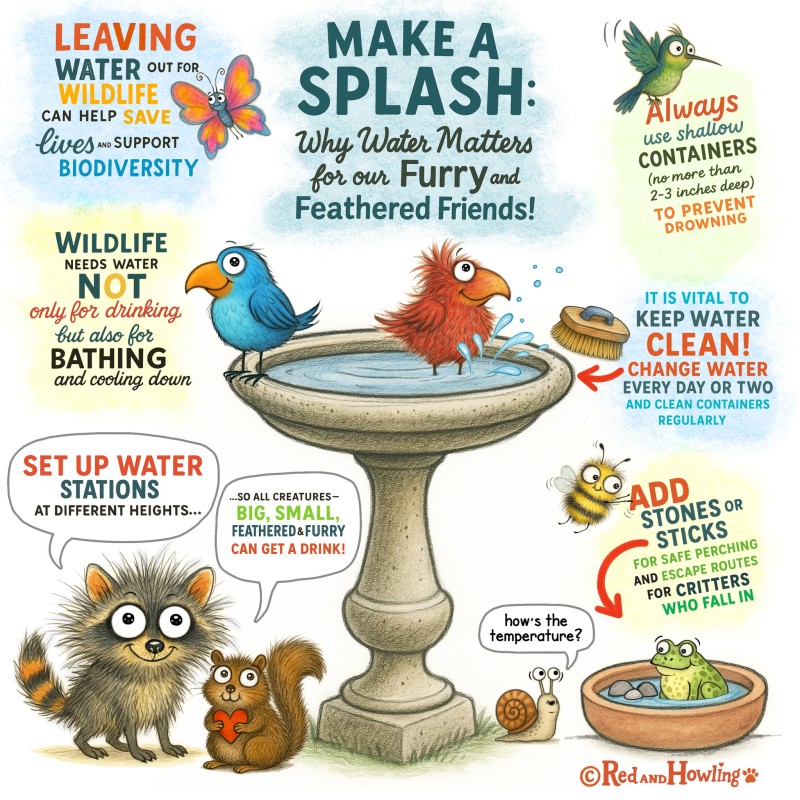
Garden water features bring life and beauty to outdoor spaces, but they also carry risks for curious children, playful pets, and local wildlife. Bird baths, ponds, water butts, and paddling pools can all pose dangers if left unchecked.
Taking simple steps can help stop slips, falls, or accidental drowning, keeping everyone safe. A few easy changes make a big difference for the whole family, four-legged friends, and visiting wildlife.
Read up on pet-friendly gardens and wildlife-friendly gardens. If planting trees, know of trees to avoid near horses (including yew, oak and sycamore).
Safe and Hygienic Bird Baths
A bird bath is a lifeline for thirsty birds (who will also use it for bathing). Many other creatures like bees and butterflies will find it too. So avoid deep water or slippery sides, which can drown smaller creatures. Sloping sides and rough surfaces are safer, for grip. You can also drop in a few large flat stones, that poke above the waterline, giving creatures a place to rest (and climb in or out).
A shallow bird bath or bowl set on the ground or a raised spot, helps them cool off and stay clean. Refill with fresh water daily and use a plastic-free scrub brush keep it free from dirt and algae (avoid chemicals).
Read more on safe havens for garden birds (includes info on preventing bird strike and providing natural food and shelter).
Provide Shallow Water Bowls
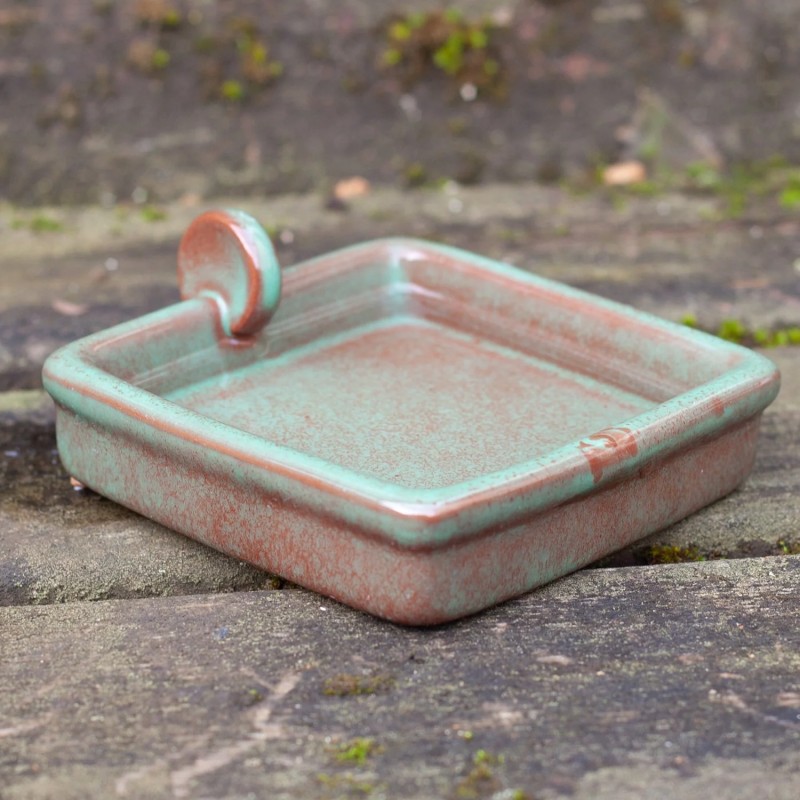
Leaving out fresh drinking water for wildlife is a great idea, but ensure the bowls are safe and clean. The Wildlife Community’s hedgehog water bowl is made from hi-fired frost-resistant ceramic, and easy to rinse clean, finished with a green glaze.
Assessing Your Garden’s Water Sources
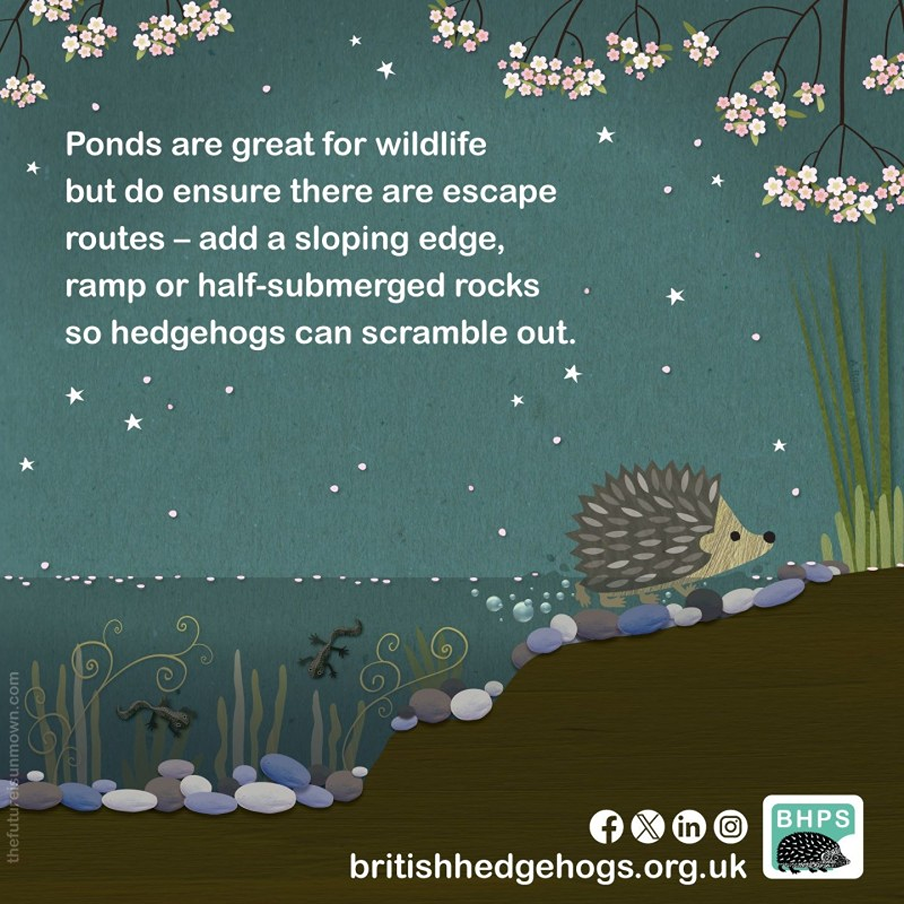
Keeping your garden safe starts with knowing exactly where water collects and how accessible it is. Many hazards hide in plain sight or lurk in spots easy to miss. By taking inventory and making a simple plan, you put sensible safety steps in reach.
Identify all water‑holding items
Water turns up in more places than you might expect. It helps to list out every item, large or small, that holds water, whether for decoration, wildlife, or daily use. Paying close attention now helps you spot risks before accidents can happen.
Common sources include:
- Bird baths (fixed or portable)
- Water bowls for pets
- Buckets and watering cans (full or left out in the rain)
- Barrels and water butts for rainwater collection
- Permanent or temporary ponds
- Swimming pools (above or in ground)
- Paddling pools (inflatable or plastic, when empty they may fill after rain)
- Rain gardens
- Outdoor taps (with puddles forming underneath)
Be sure to check less obvious places like:
- Underneath decks or raised patios
- Behind garden furniture or sheds
- Under shrubs or trees where items may collect water
- In children’s toys, such as sand and water tables
Map Locations and Access Points
Draw a quick sketch of your garden. It doesn’t need to be perfect—a basic outline is enough. Add in every water source from your list. Mark play areas, seating, sheds, and any spot children or pets visit often.
Highlight nearby paths, steps, slopes, or garden beds that lead directly to water features. This step helps spot easy routes that might tempt kids or curious pets. Also, note:
- Entry points from the kitchen or back door
- Gaps in fences or hedges
- Changes in ground level such as drops or steep banks
Determine Depth and Slip Risk
Take time to:
- Measure the depth of each water source
- Note if the sides are steep, gradual, or slippery
- Check if the base is smooth, slimy, or rough
- Look for algae or build-up that makes surfaces slick
For anything deeper than a few centimetres—like ponds, barrels, or pools—write the depth down on your map. Add a star to items that hold enough water for a head to dip below the surface.
Pet‑Friendly Water Safety
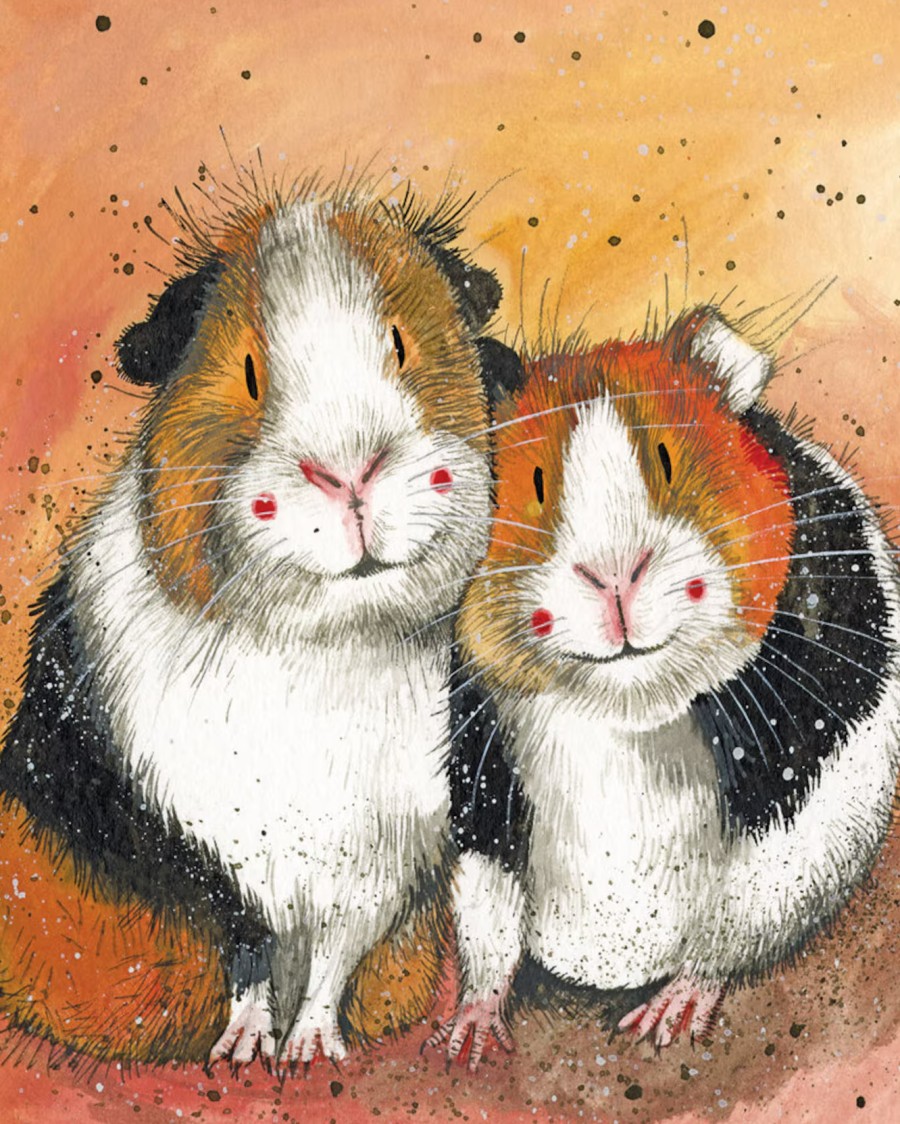
Dogs, cats and other pets often love to explore gardens, but open water can be a hidden threat to their safety. Ponds, buckets and even water butts can attract curious noses, while letting your pet drink from any old puddle risks upset tummies or worse.
Pets should have their own bowls of water in accessible places, heavy enough not to tip over. Spread them out for several pets, so nervous creatures have choice. Place them away from ponds, pools or water butts.
Wash bowls daily with warm, soapy water and rinse well, to kill germs and algae. Refill them each morning before letting pets outside (and on warm or hot days, check bowls often to ensure they are not empty).
For rabbits, guinea pigs or chickens/roosters, use hanging bottles secured to runs, making sure access is easy and fresh water is always topped up. Change the water daily, ensuring drip-feed bottles are not blocked or frozen, or bowls are not knocked over.
Install a low fence or barrier around ponds. Mesh or picket fencing about 50 cm tall blocks access without spoiling the view. Make sure gaps are too narrow for small heads or paws.
Garden Pond Safety
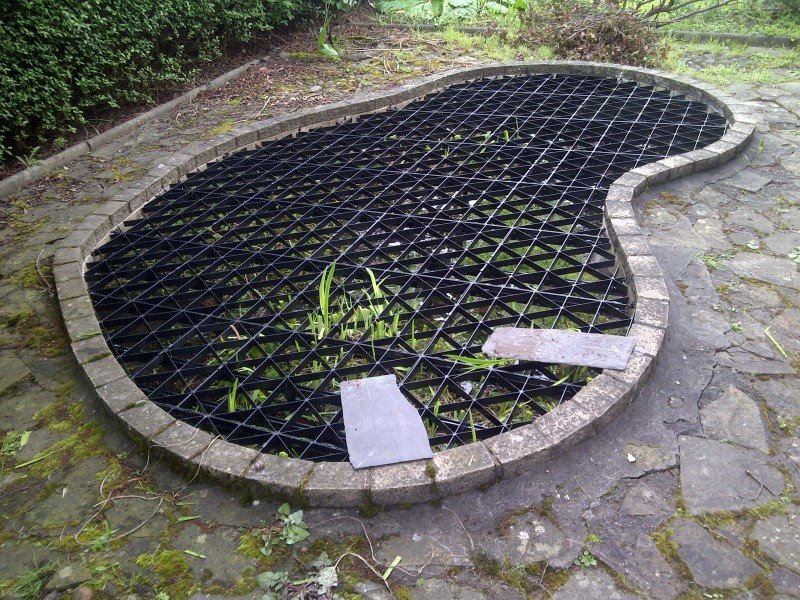
Keep pond edges visible and clear. Avoid thick plants or ornaments that could hide water’s edge from a running dog or curious cat. Leave one side clear with sloping sides for easy entry and exit. Read our post on wildlife-friendly ponds.
Since 1992, around 200 children under 5 have drowned in pond accidents, and that’s just in the UK.
SafaDeck was invented to prevent the average 5 children from drowning in ponds each year. However, this is far safer than netting (nearly all netting on sale has holes far bigger than recommended by wildlife rescue charities), so can trap birds and wildlife. This grid also protects garden fish from herons.
Made from reinforced glass polymer that’s clipped into place on black aluminium beams, the grids can be removed using child-resistant retaining clips, so you don’t have to remove the whole structure for pond maintenance. The legs are easily cut to required length. Triangular holes within each grid allow most plants and fish to exist as normal, while preventing a child’s head entering the water.
The guard will normally support the weight of an adult (and can withstand the impact of the falling weight of an average 8-year old child). The modular design can be used to fit any size and shaped pond. This brand also meets guidelines set for water safety by the Royal Society for the Prevention of Accidents.
If you move house, ask the new householders if they plan to upkeep the pond. If not, move amphibians to a neighbour’s pond with permission (not faraway, as this could transmit disease and invasive plants).
Water Butts and Rain Barrels

Water butts and rain barrels are great ideas to help save water in the garden. But always avoid open buckets and barrels, and use quality water butts (properly fitted) with child/pet safety guards.
- Always use a sturdy lid. This stops pets from climbing or leaning in to take a drink or to sniff around inside. Seek out lids that snap or twist on securely but lift off easily for adults. Avoid loose covers that could shift if bumped.
- Check lids regularly after storms or garden chores to make sure they are still locked in place. Even tough dogs or determined cats shouldn’t be able to pry them off.
- Never leave open barrels or buckets of water around. These are not just drowning hazards but stagnant water attracts mosquitoes, unsafe if pets drink it.
Garden Organically (no chemical run-off)
Chemical spills and sprays can make children, pets and wildlife sick, if they touch, sniff or drink contaminated water nearby.
- Do not spray pesticides or fertilisers near ponds, animal runs or drinking bowls. Even “natural” products may harm pets. Drifting spray or run-off after rain can collect in water, causing illness when licked off fur or feet. Read our posts on organic no-dig gardening.
- You can recycle empty chemical bottles, but for half-empty bottles, recycle at your hazardous waste department.
- Skip using harsh cleaning agents around water butts, gutters, or taps where pets might drink.
- Never store chemicals where pets or wildlife can reach them. Bags of fertiliser, slug pellets and bottles of cleaner must be locked away in sheds or garages. Read our post on humane and non-toxic slug/snail deterrents (organic gardens will also attract natural eaters like birds and hedgehogs).
Watering Cans and Wildlife Gullies
Raincan is a nifty watering can. Made from recycled plastic, the sloped design helps it collect rainwater. But it’s best really to keep all watering cans empty when not in use, and fill from your water butt. But this can has a little ‘frog ladder’ inside, to help small critters escape, if they fall in.
ACO Wildlife Gully is an ideal purchase for councils. Made from stainless steel, this is a ladder that migrating creatures like amphibians and reptiles can use, to escape from drainage gullies. Couple with their ACO Guide Wall, or ACO Wildlife Kerb systems, for extra safety. The weighting bars are supplied, to prevent the ladder from rising, during heavy rainfall (one pack is enough for 25 ladders).
Keeping Children Safe Around Water
Always keep an adult within arm’s reach when children are near water. This simple habit matters even with shallow water or small buckets because accidents can happen in seconds. Avoid distractions like mobile phones or chores. If you can’t watch, it’s best to move little ones well away from all open water.
Setting up safe play zones gives children a clear message on where they can explore. Try these tips:
- Use fences, planters, or low raised beds to mark off water features.
- Make play areas visible from the house and main paths.
- Remind children often which spots are “no-go” without an adult.
Child‑proof covers for buckets and barrels
Even a few centimetres of water in a bucket or barrel can be dangerous. Young children can topple in head-first, unable to get out. You can fix this risk for very little money or effort.
Cover open buckets, water butts, and barrels with tight‑fitting lids or sturdy mesh that locks in place.
- Lids should fit snugly so little hands can’t pry them off.
- Buckets should be emptied and turned upside down when not in use.
If you use water butts for rain collection, fit a simple latch or lock on top. Many garden shops sell snap locks for under £5. This stops curious hands from removing the lid and falling in.
Keep all water storage out of reach or in locked sheds if possible. Make it a rule to check for open buckets after every garden job.
Safe Play with Paddling Pools
Paddling pools bring hours of fun but need thought to stay safe. Always choose a pool with shallow sides and set it on level ground. Only fill it with enough water to splash and wade, not swim. Never leave children alone in a paddling pool, even for a few seconds.
- Empty the pool after each session and store it upside down or in a shed.
- Remove ladders or steps when not using larger pools, so little ones can’t climb in.
Safety Around Pools and Ponds
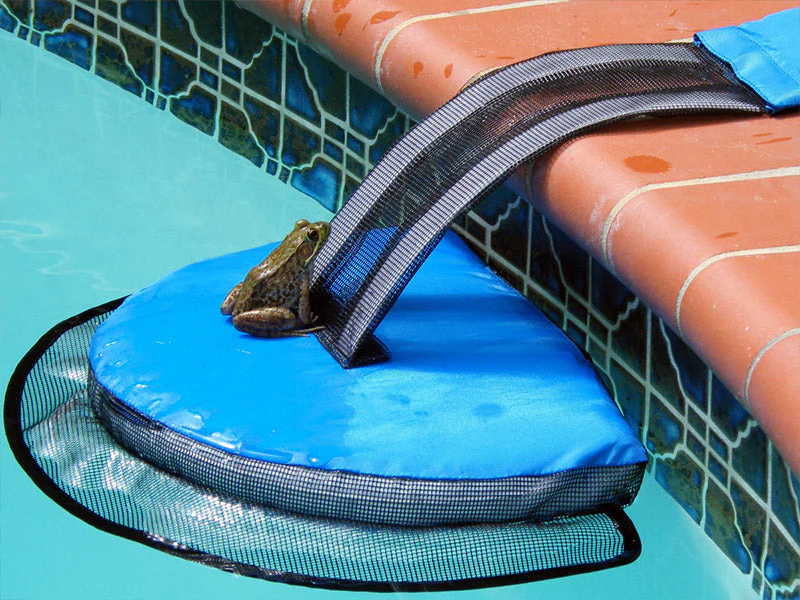
If you have natural swimming pond, rake off algae on a regular basis, and use sloping sides for wildlife to easily exit (and rough liners, for easy grip). For swimming pools, keep them covered when not in use. Pools are not just drowning hazards, but chlorine can harm permeable skin of amphibians.
Frog Log was invented by a US wildlife biologist, and has wonderful reviews. It’s placed around pool decks to allow quick escape for small critters. Use the recommended number, based on pool size. Can be used for automatic and solar covers, and only takes minutes to install.
If used with Critter Skimmer (which prevents small creatures getting sucked into skimmers), FrogLog recommends turning off the skimmer at night (or if regulations only allow brief shutdown, to ‘cycle off’ at dusk).
If there are no nearby ponds, amphibians will find puddles, buckets or unsafe open barrels of water. So use quality water butts (with child/pet safe locks).
Although toads love wild ponds, frogs mostly now spawn in garden ponds, and don’t venture far from home. Although nature means that few tadpoles and froglets survive, wildlife-friendly ponds is where amphibians breed and spawn.
How to Prevent Stagnant Water
Open, unmoving water soon goes stale. Stagnant water looks unappealing and draws in mosquitoes, which can breed in as little as a few days. These creatures bite people and pets, turning relaxing evenings into itchy affairs.
- Change water in bird baths and bowls every day or two. This stops mosquito larvae from developing and keeps the water fresh for wildlife.
- For larger features like ponds or troughs, install a small pump or solar aerator. Moving water discourages mosquitoes and oxygenates for frogs and insects. Solar-powered options are quiet and easy to fit.
- Break up algae and gently swirl still water when you spot build-up. Clear excess leaves and debris with a pond rake. Pond vacuums that clear algae from the bottom are designed to not harm fish (follow instructions). If one is accidentally caught, release it immediately.
- Stay watchful for signs of mosquito larvae—they look like tiny wriggling worms near the surface. Quick action keeps the whole garden happier and more inviting for both people and wildlife.

